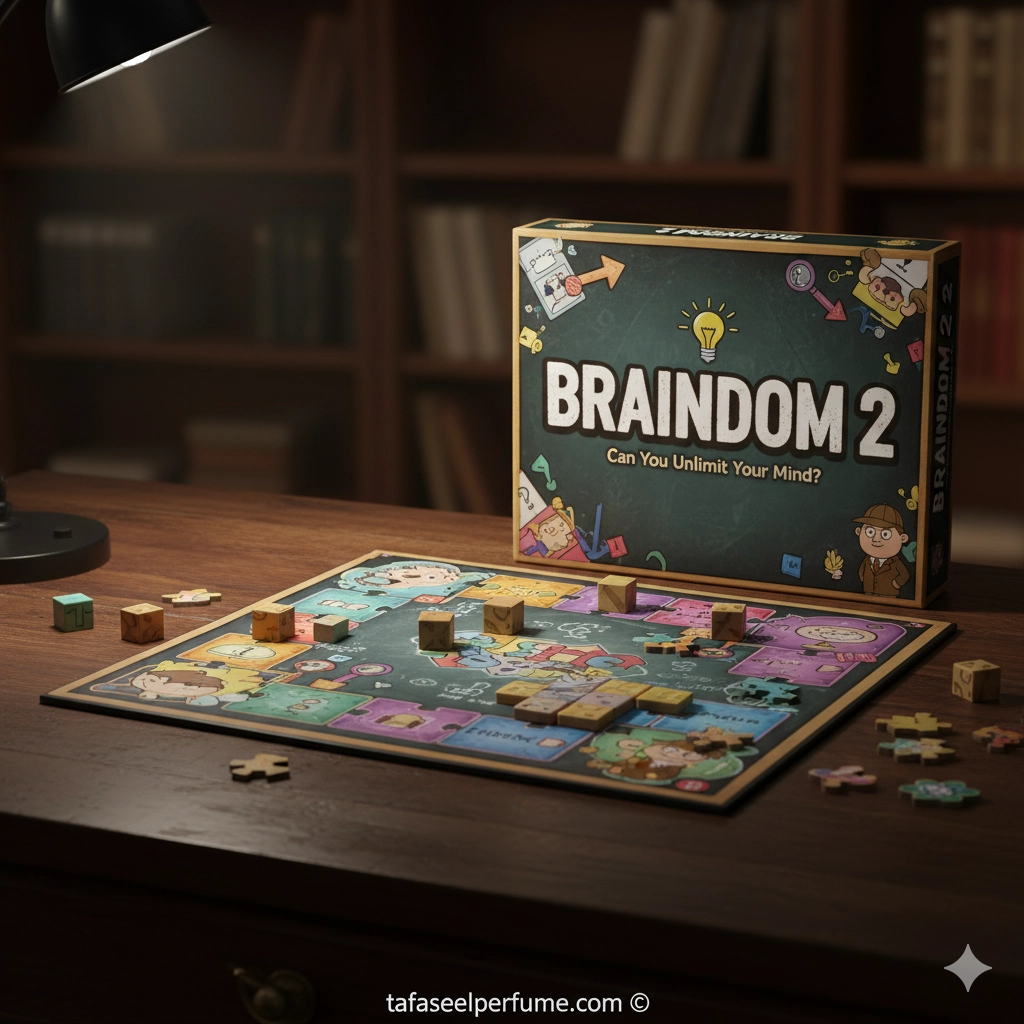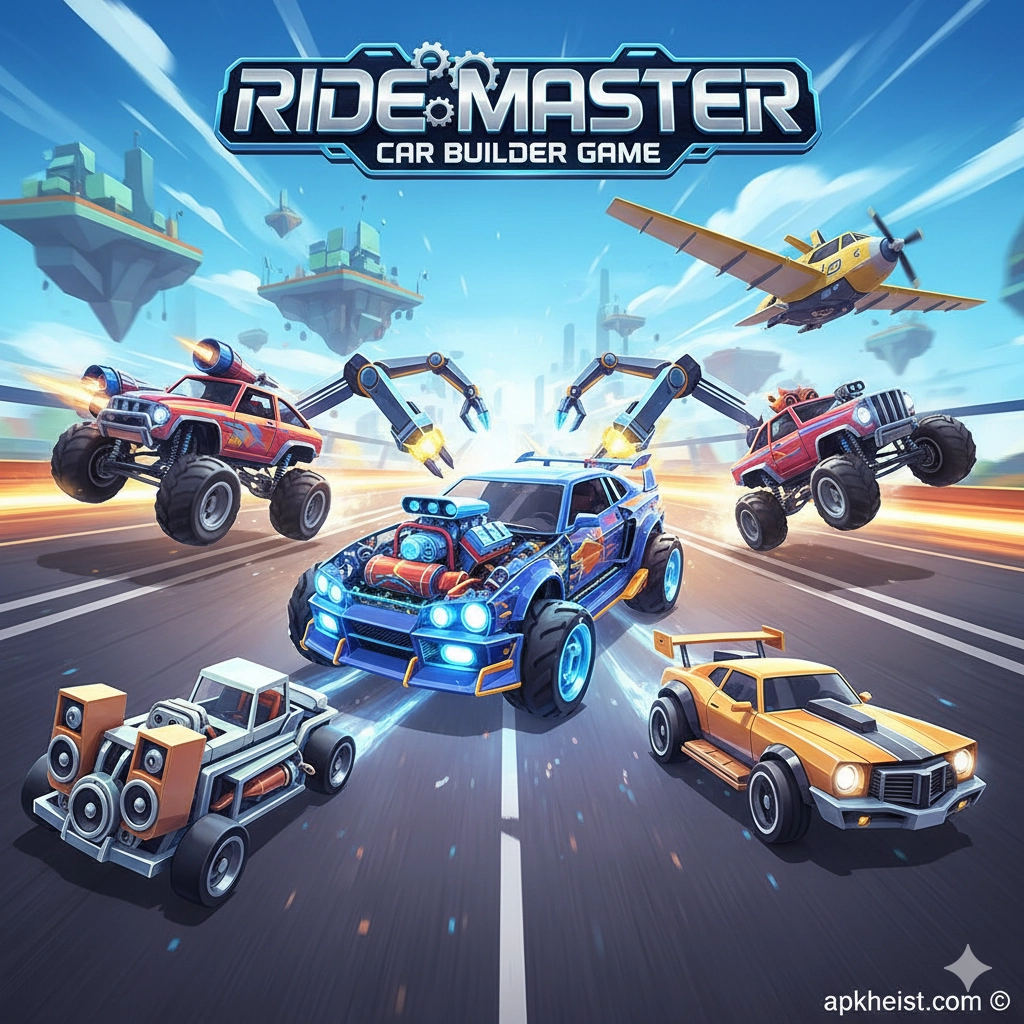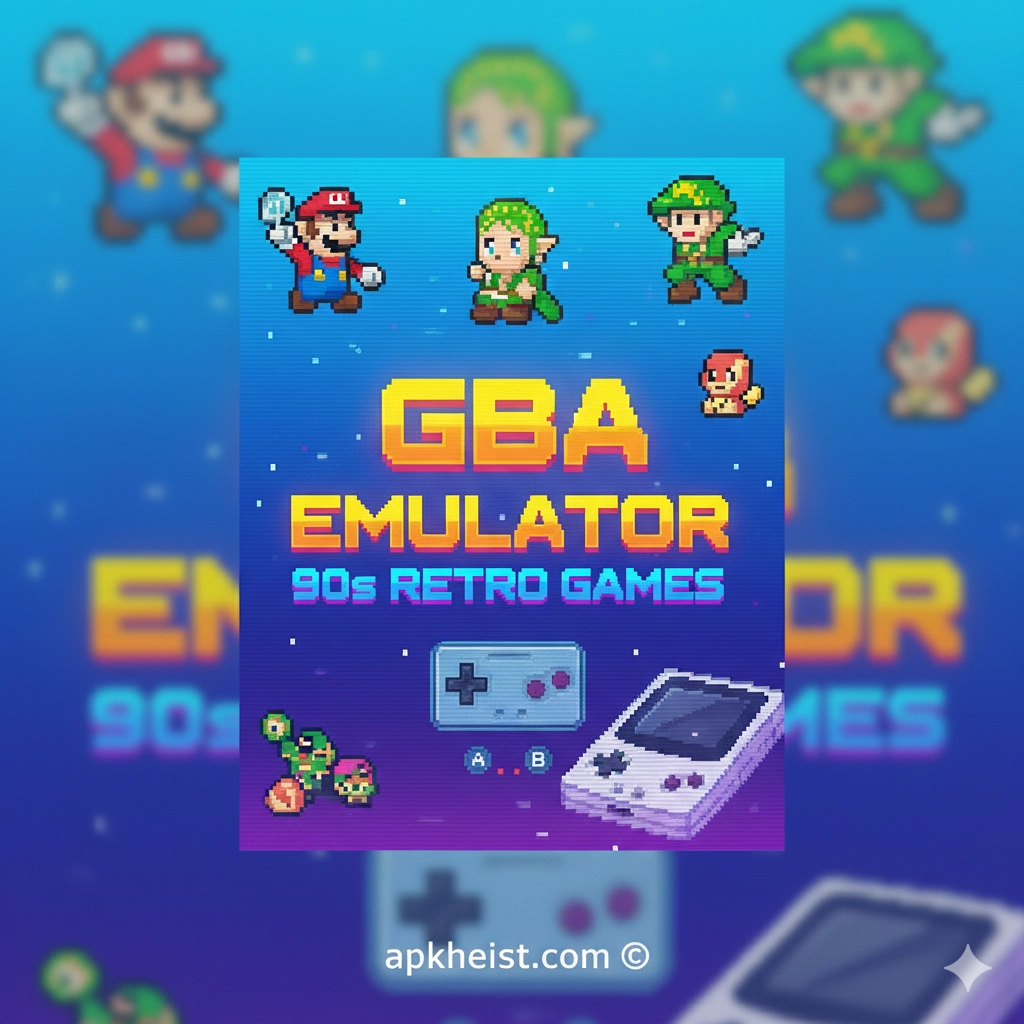Long intro: Braindom 2 Games takes the classic brain-teaser format and injects it with personality: humorous scenarios, intentionally tricky questions, and multiple ways to interpret each puzzle. Players are asked to think laterally rather than linearly — sometimes the correct answer is hidden in a sentence, sometimes it’s a visual trick, and sometimes the “right” choice is the one that breaks the rules. The variety keeps the gameplay fresh: one level might be a visual illusion, the next a logic puzzle that requires tapping objects in a certain order, and another might be a riddle that rewards creative thinking. Because levels are short and often surprising, Braindom 2 is excellent for casual players who want a quick mental jolt, as well as puzzle lovers who enjoy dissecting each question to find the catch. For walkthroughs, community tips, and similar mind games, check these related category pages as you read: https://apkheist.com/adventure/ https://apkheist.com/puzzle/ https://apkheist.com/casual/ https://apkheist.com/strategy/ https://apkheist.com/arcade/ https://apkheist.com/role-playing/ https://apkheist.com/simulation/
Contents:
1. How Braindom 2 mixes humor with puzzles — a quick look at the game’s tone and style. https://apkheist.com/casual/
2. Common puzzle types you’ll face — visuals, riddles, logic sequences and more. https://apkheist.com/puzzle/
3. Tips to beat the trick questions — methods for thinking outside the box. https://apkheist.com/strategy/
4. Best devices and settings for play — how to optimize controls and display. https://apkheist.com/arcade/
5. Where to find hints and walkthroughs — communities and guides that help. https://apkheist.com/adventure/
6. How Braindom 2 compares to other brain games — strengths, weaknesses, and unique hooks. https://apkheist.com/role-playing/
7. Replay value and updates — why you’ll come back and what to expect from new levels. https://apkheist.com/simulation/
1. How Braindom 2 mixes humor with puzzles
Braindom 2 intentionally frames many puzzles as silly, exaggerated scenarios — a superhero stuck in a turnstile, a man trying to hide from a cat, or an office situation blown out of proportion. That tone does two things: first, it relaxes the player so that failure feels funny rather than frustrating; second, it hides the trick in plain sight by disguising logical constraints within a joke. Understanding the game’s voice helps you spot when the question is literal and when it’s a riddle that punishes literal thinking. The writing often misdirects — characters will complain about “doors” when the real puzzle is about numbers, or ask you to “help” a person when you actually need to remove an object. Learning the developer’s sense of humor becomes a meta-skill: once you recognize the pattern to their misdirections, you’ll solve future levels faster. Many veteran players recommend intentionally trying the unexpected action (tap a background item, rotate the device, or long-press an icon) because the solution is frequently the least obvious interaction rather than a visible button. This deliberate playfulness is a hallmark of Braindom 2 and what separates it from purely logic-driven puzzle packs.
2. Common puzzle types you’ll face
Braindom 2 uses a rotating cast of puzzle mechanics. Visual illusions ask you to judge size, color, or orientation but often include deceptive backgrounds that alter perception. Riddle-style levels present a short story with a hidden assumption — read the text twice and look for words that can mean two things. Sequence puzzles require tapping items in the correct order based on subtle clues (shadows, text hints, or item wear). Spatial puzzles use dragging and rearranging to create paths or align patterns, while “out-of-box” puzzles ask you to change device orientation, use multi-touch, or interact with UI elements like the volume buttons (if supported). Finally, meta-puzzles combine formats — a riddle might point to a visual detail you must manipulate. Recognizing which category a level belongs to quickly narrows down possible actions and reduces blind trial-and-error. If stuck, try to list the puzzle’s observable constraints (what can move, what is fixed, what text exists) and test interactions that change those constraints.

3. Tips to beat the trick questions
To beat Braindom 2’s most devious puzzles, adopt a mindset of playful skepticism: assume the obvious instruction is the red herring. Start by scanning every pixel — backgrounds often hide small icons or instructions. Try gestures beyond taps: long-press, drag, pinch, rotate the device, or swipe in unusual directions. If text seems irrelevant, copy it into your head and read it aloud — some answers are hidden in the phrasing. Use elimination: if an action doesn’t change anything, reset and try something else — sometimes sequence matters. When a level mentions numbers or times, consider alternate units (seconds vs. minutes) or whether the number indicates a position rather than quantity. Keep a short list of repeated tricks you encounter, because the game reuses certain misdirections. Finally, if you truly can’t progress, search for community answers or walkthroughs, but attempt creative options first — solving puzzles on your own is part of the reward.
4. Best devices and settings for play
Braindom 2 plays smoothly on most modern phones and tablets, but larger screens help with small visual puzzles and tiny hidden details. Enable higher brightness to spot faint clues and turn off any blue-light filters that change color perception. If the game supports sound, keep it on — some puzzles include audio cues or spoken misdirections that matter. Use a stable touch environment: remove screen protectors that reduce multi-touch sensitivity if you struggle with gestures. When playing on a tablet, use two hands to exploit multi-touch interactions more comfortably. For accessibility, check if the game offers contrast adjustments or subtitles for any audio hints. Finally, ensure your device’s orientation lock is managed since some puzzles rely on rotating the screen to solve them.
5. Where to find hints and walkthroughs
The Braindom community is active across several mobile walkthrough channels, fan forums, and video platforms. When you need help, search for level-specific guides using the level number and a short phrase from its prompt. Video walkthroughs are especially useful because they show the exact tap sequence and timing. Text guides often summarize the trick and include screenshots. Community posts also share user-created cheats, alternate solutions, and explanations for why the developer chose a particular misdirection. If you prefer minimal spoilers, use hint systems within the game first — they often nudge you toward the type of interaction needed without giving a direct solution.
6. How Braindom 2 compares to other brain games
Compared to strictly logic-based games, Braindom 2 emphasizes misdirection and playful deception. Whereas classic puzzle games reward stepwise deduction and formal reasoning, Braindom 2 rewards lateral thinking and tolerance for absurdity. If you enjoy titles like Brain Test or Trick Me, you’ll find the same spirit here, but Braindom 2 tends to escalate the silliness and the variety of interaction mechanics. Its short level design makes it ideal for casual sessions, while the recurring reuse of certain joke patterns gives it a higher learning curve for those aiming for 100% level mastery. For players who prefer pure puzzles with no narrative flourish, some Braindom 2 levels may feel arbitrary — but for fans of surprising, laugh-out-loud solutions, it’s a strong pick.
7. Replay value and updates
Braindom 2’s replayability comes from collectible achievements, alternate solutions, and the satisfaction of finding Easter eggs. Developers often patch in seasonal levels, community-requested puzzles, or difficulty tiers, which keeps the game fresh over time. Because solutions can be non-obvious, replaying levels to find hidden alternate endings or faster solutions is common. The game’s structure also lends itself to challenge runs (no hints, timed solves) and content creators producing walkthroughs and “did you notice?” videos that spotlight clever tricks. Expect occasional updates that add new levels or tweak existing ones to fix fairness or usability problems.
FAQs
FAQ 1: Is Braindom 2 free to play?
Yes, Braindom 2 is typically free to download with optional in-app purchases or ads. Many players use the free version and rely on hints or community guides when stuck, while others pay to remove ads or buy hint bundles. Check your device’s app store listing for current pricing and offers.
FAQ 2: What should I do if a level feels unfair or bugged?
If a level seems impossible due to a bug, start by restarting the level and the app. If the problem persists, check for an app update — developers often patch known issues. You can also contact support through the game’s help page or leave feedback in the store listing. Community forums may offer workarounds if an update isn’t yet available.
FAQ 3: Are there spoilers in walkthroughs — how can I avoid them?
Many walkthroughs and videos contain full spoilers. To avoid them, use hint systems inside the game (if available) which usually give incremental nudges. If you must consult external guides, search for level-specific phrases rather than “complete walkthrough” and avoid thumbnail images that show solutions. Preview comments on guides to ensure they’re spoiler-limited.
FAQ 4: Can I play Braindom 2 offline?
Most core levels of Braindom 2 can be played offline after download, but some features — such as cloud saves, leaderboards, or in-game events — require an internet connection. If you plan to play offline, download any required content and disable aggressive battery optimizations that might close the app mid-level.
FAQ 5: How do I report inappropriate content or offensive puzzles?
Use the game’s in-app reporting or the store comment/report feature to notify developers about offensive content. Provide screenshots and a clear description of the issue so the team can quickly identify and remove or fix problematic levels. Developers usually respond faster when reports include specific level IDs or timestamps.
FAQ 6: Are there cheat codes or secret inputs?
Braindom 2 doesn’t use traditional cheat codes but it does reward creative input like rotating the device, multi-touch, or tapping non-obvious areas. “Secret inputs” are part of the design: exploring outside the visible UI is often required. Avoid third-party cheat tools because they can violate terms of service and risk account bans.
FAQ 7: Where can I find more games like Braindom 2?
Look in puzzle and casual categories on your app store for titles like Brain Test, Trick Me, and other riddle-driven mobile games. For curated lists and similar recommendations, explore category pages such as https://apkheist.com/puzzle/ and https://apkheist.com/casual/ which collect similar titles and reviews.






